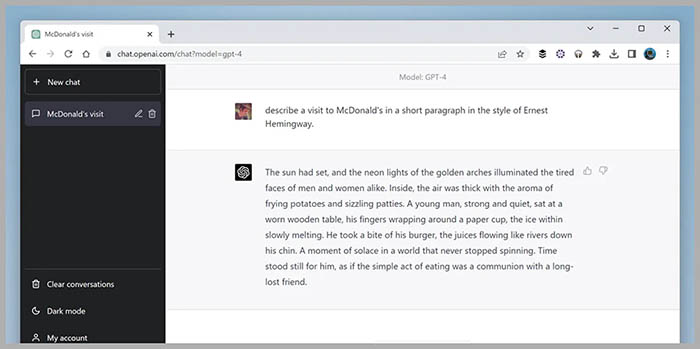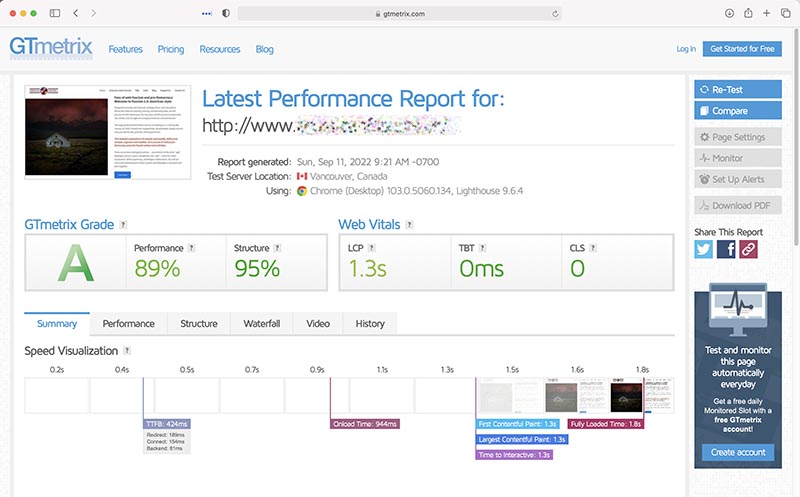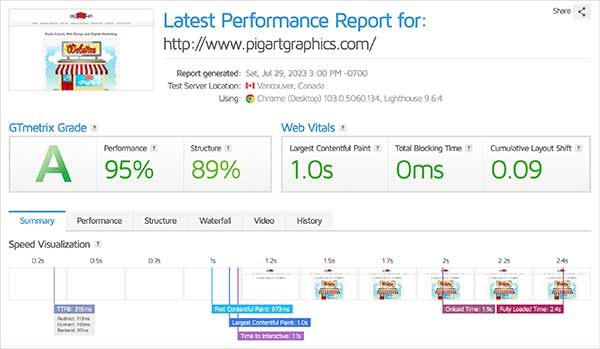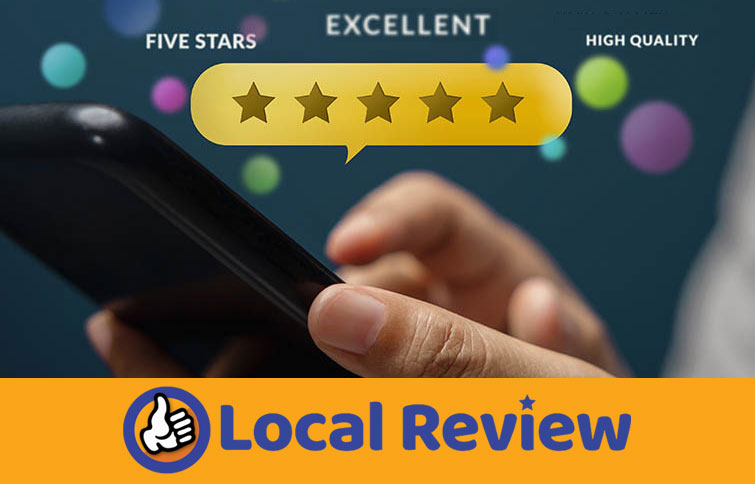A clean and optimized website is crucial for small businesses to establish a strong online presence and effectively engage their target audience.

Building a website on your own can be tough and time-consuming. It might seem tempting, but an incomplete or poorly made website can harm your business. It can look unprofessional, confuse customers, and make your brand seem less trustworthy. You might lose potential customers and waste your own time.
A website cleanup examines issues that hurt your site. Getting help from a professional brings several advantages. They have the skills and experience to create a great website that suits your business. This saves you time and ensures your website works well on different devices. They can also make your website show up better on search engines, helping more people find your business. Plus, professionals offer ongoing support to keep your website updated and secure.
In short, although making your own website might seem like a way to save money, the benefits of having a professional do it, such as expertise, time savings, and a polished online image, far outweigh the initial cost.
The Ten Most Important Issues:
The ten most important aspects of a clean, optimized website that can greatly benefit small businesses:
- Fast Loading Speed: Slow-loading websites can frustrate visitors and lead to high bounce rates. Optimize images, minimize HTTP requests, and leverage browser caching to ensure your website loads quickly.
- Responsive Design: In today’s mobile-centric world, your website must be responsive and adapt seamlessly to different screen sizes. This provides a positive user experience across devices and improves your site’s ranking on search engines.
- Clear Navigation: A well-organized and intuitive navigation menu helps visitors find information quickly. Streamline your menu items and use descriptive labels to guide users through your website’s content.
- SEO Optimization: Implement on-page and technical SEO strategies to improve your website’s visibility on search engines. Use relevant keywords, optimize meta tags, and ensure your website follows SEO best practices.
- High-Quality Content: Content is king. Offer valuable and relevant content that addresses your target audience’s needs. Regularly update your blog, create informative pages, and integrate multimedia elements like videos and infographics.
- Secure HTTPS Connection: Ensure your website uses a secure HTTPS connection, indicated by the padlock symbol in the address bar. This builds trust with visitors and is also a ranking factor for search engines.
- Minimalistic Design: A clean and clutter-free design enhances user experience. Avoid excessive animations, pop-ups, and distractions that could deter visitors from your main content.
- Optimized Images and Media: Use compressed and properly formatted images to prevent slowing down your website. Employ responsive media embeds and provide alt text for images to improve accessibility.
- Contact Information: Make it easy for visitors to get in touch with your business. Include clear contact information, such as a contact form, phone number, and physical address, on every page.
- Regular Updates and Maintenance: Keep your website up to date by regularly checking for broken links, outdated content, and software updates. Regular maintenance ensures your website remains functional and secure.
By focusing on these ten aspects of a clean, optimized website, you can significantly enhance a small business’s online presence, user engagement, and overall success. Remember, a well-maintained website is a powerful tool for building credibility and driving conversions.
Security Advantages
Having an up-to-date website provides significant advantages when it comes to protection from malware. Here’s why a website cleanup is crucial for safeguarding it against malicious attacks:
- Security Patches and Updates: Regular updates to your website’s content management system (CMS), plugins, themes, and other software components help ensure that security vulnerabilities are addressed promptly. Developers often release patches to fix vulnerabilities that hackers might exploit. By updating, you apply these security patches, making it harder for malware to find weak points in your website’s defenses.
- Vulnerability Mitigation: Hackers often target outdated software, as they are aware of the vulnerabilities that exist in older versions. Keeping your website and its components up to date helps to mitigate these vulnerabilities, reducing the chances of a successful malware attack.
- Improved Firewall and Security Measures: Many website security tools and firewalls rely on updated databases to detect and block known malware signatures. With an up-to-date website, you have access to the latest security measures, making it easier to identify and prevent malware threats from infiltrating your site.
- Enhanced Intrusion Detection: Modern security tools can recognize unusual activities and patterns on your website that might indicate a malware attack. These tools are more effective when they are integrated with the latest updates, helping them identify and counteract potential threats.
- Regular Scans and Audits: Up-to-date websites can undergo routine security scans and audits, identifying any potential malware presence or vulnerabilities. These scans can be automated to run at scheduled intervals, ensuring continuous protection.
- Browser Reputation and Trust: Outdated websites might be flagged by browsers as potentially unsafe for visitors. An updated website maintains a positive online reputation and builds trust with users, discouraging hackers and malware distributors from targeting it.
- Data Protection and Privacy: Many malware attacks aim to compromise user data, which can lead to legal and reputational consequences for your business. Keeping your website updated reduces the risk of data breaches, helping you maintain user trust and comply with privacy regulations.
- Easier Recovery: In case of a malware attack, having an up-to-date website simplifies the recovery process. Your website developer can work with clean code and known vulnerabilities, making it easier to remove malware and restore your site to a safe state.
In conclusion, website cleanup acts as a robust defense mechanism against malware attacks. By regularly updating your website’s software and security measures, you significantly reduce the risk of falling victim to malicious attacks, protect your data and user information, and maintain a trustworthy online presence for your visitors.
You may have a gorgeous website that was done a few years ago but now your website is not mobile-friendly or safe from hacking. It just doesn’t work on a smartphone and visitors are jumping to other websites that load faster and work easily on the phone.
Google rewards websites that are mobile and CLEAN. By that, I mean Google ranks sites that load faster, have well-written code and contain no broken links or missing pages.

Signup for Brainfood
I admit that sounds a little disgusting. It’s “Marketing”.
By submitting this form, you are consenting to receive marketing emails from: Pig Art Graphics. You can revoke your consent to receive emails at any time by using the SafeUnsubscribe® link, found at the bottom of every email. Emails are serviced by Constant Contact







